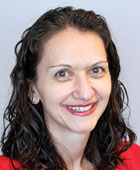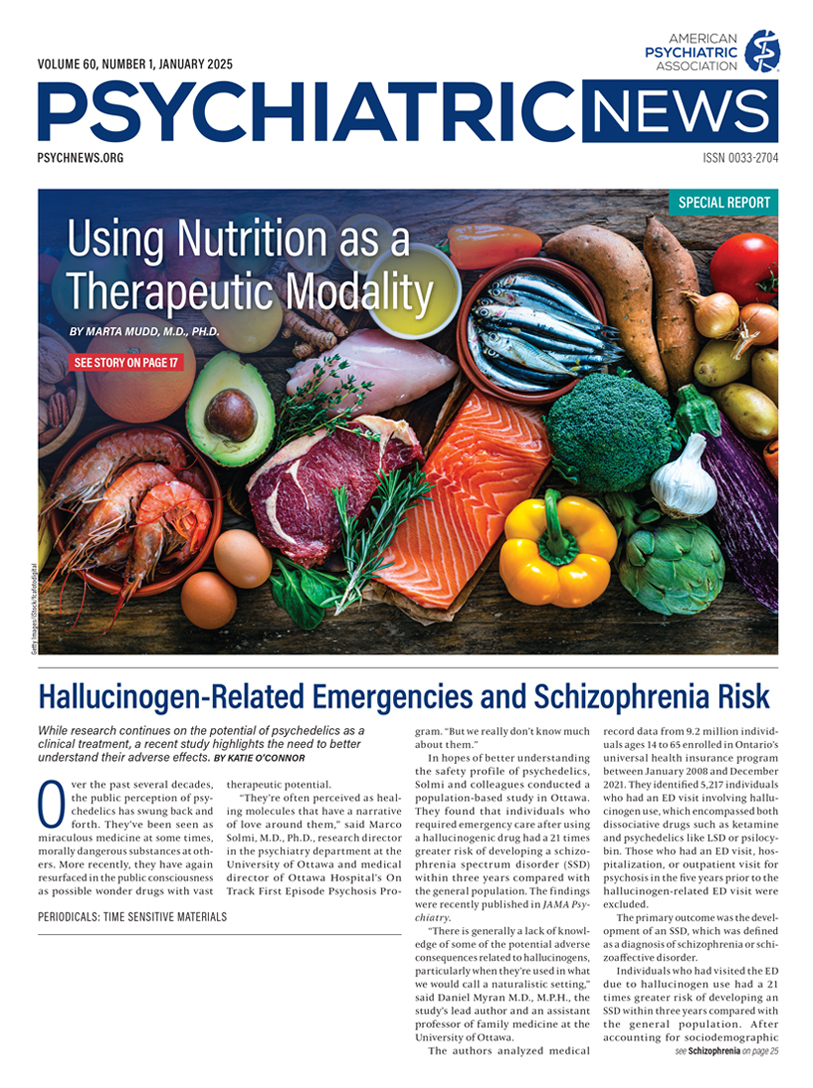In his New York Times bestselling book “The Anxious Generation: How the Great Rewiring of Childhood Is Causing an Epidemic of Mental Illness,” social psychologist Jonathan Haidt writes about the impact of smartphones (really, all internet-connected personal electronics) on child development. He describes a phone-based childhood replacing the play-based childhood that existed prior to the rise of smartphones.
Haidt identifies four foundational harms of a phone-based childhood—social deprivation, sleep deprivation, attention fragmentation, and addiction—then proposes four foundational reforms: no smartphones before high school, no social media before 16, phone-free schools, and far more unsupervised play. For many people who are raising or working with children, the book stirs up concerning dilemmas and meaningful solutions. As a mother, I was alarmed and experienced the book as a call to action.
As a psychiatrist, a new thought dawned on me. Has the introduction of smartphones (and personal digital technology in general) led to an uptick in patients reaching out for an evaluation for attention-deficit/hyperactivity disorder (ADHD) in both my clinical practice and the resident clinic I supervise? Does the new patient in front of me truly meet the criteria for ADHD? Or has he/she experienced a phone-based childhood, with an increase in attention fragmentation and a decrease in the amount of time he/she had to develop executive functioning (the ability to make plans and execute those plans)?
A nuanced, thoughtful, and thorough psychiatric evaluation is always important. As psychiatrists, when considering ADHD, we can be more comprehensive in this initial evaluation by delving into questions beyond just focus and distractibility. We can ask about rejection sensitivity, emotional hyperarousal, and interest-based attention. We can ask how one’s performance, mood, and energy are determined by a momentary sense of interest, challenge, novelty, and urgency. William Dodson, M.D., has written about how impactful these symptoms of ADHD can be on a person’s life.
But we can also manage expectations about finding a quick fix with medication alone. Perhaps expecting instant gratification and immediate results is another unintended consequence of a phone-based childhood. While medications can certainly be potent, many people need 60 to 100 techniques in their own manual to manage life with ADHD, including diet, exercise, sleep, limiting distractions, and body doubling. Psychiatrists can also encourage patients to be intentional about their short- and long-term goals. In my experience, clarity about what the patient is trying to accomplish leads to better participation in treatment and, in turn, a better outcome.
The uptick in evaluations for ADHD can also be a reminder to be patient and kind. Many adults who have been misdiagnosed or have yet to be diagnosed likely have lived through decades of judgment and criticism. By building a therapeutic alliance and showing genuine interest and concern, we can help patients regain hope. As the diagnosis becomes clear and the treatment plan is solidified, we can work with them to decrease their suffering and reach their full potential. ■

